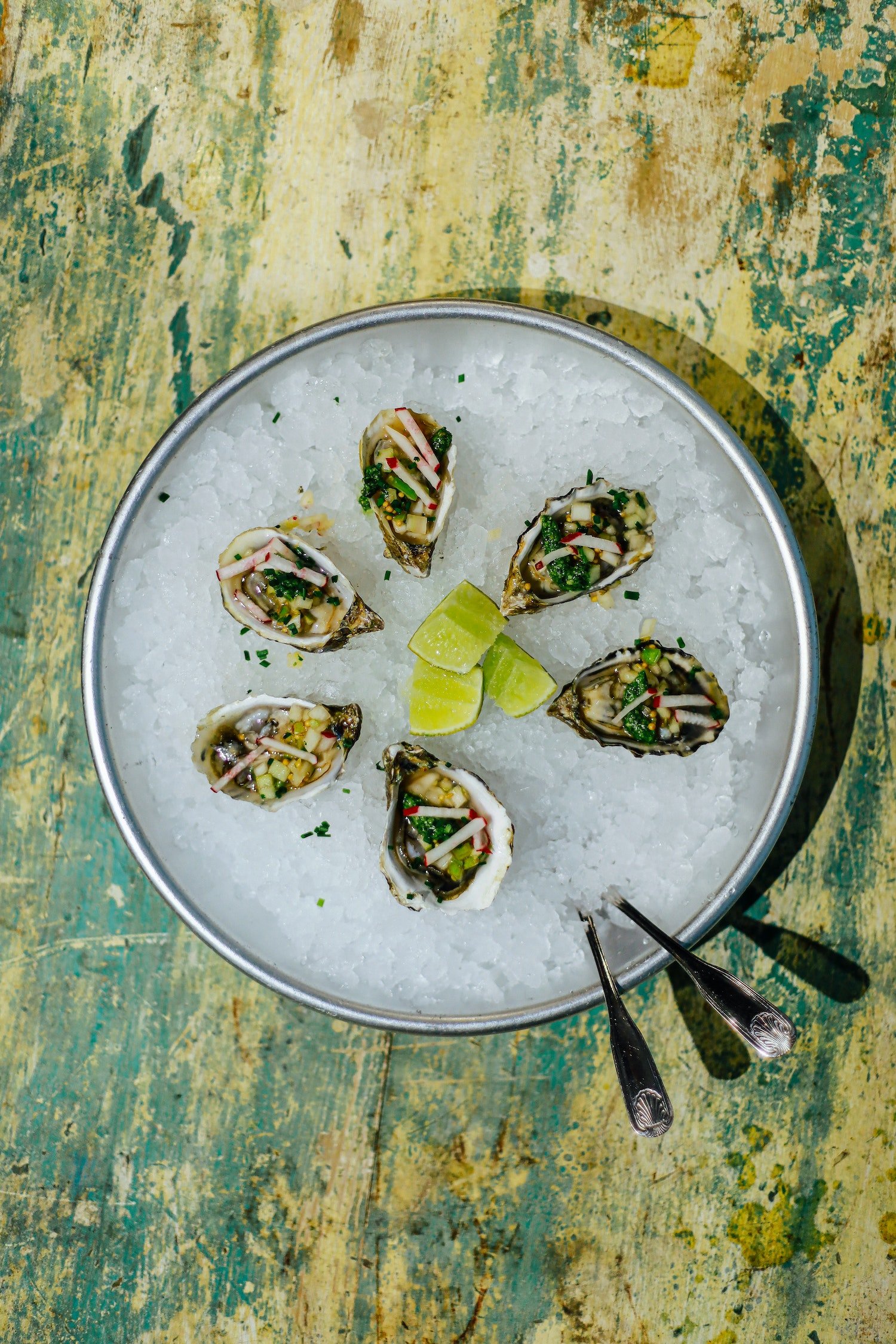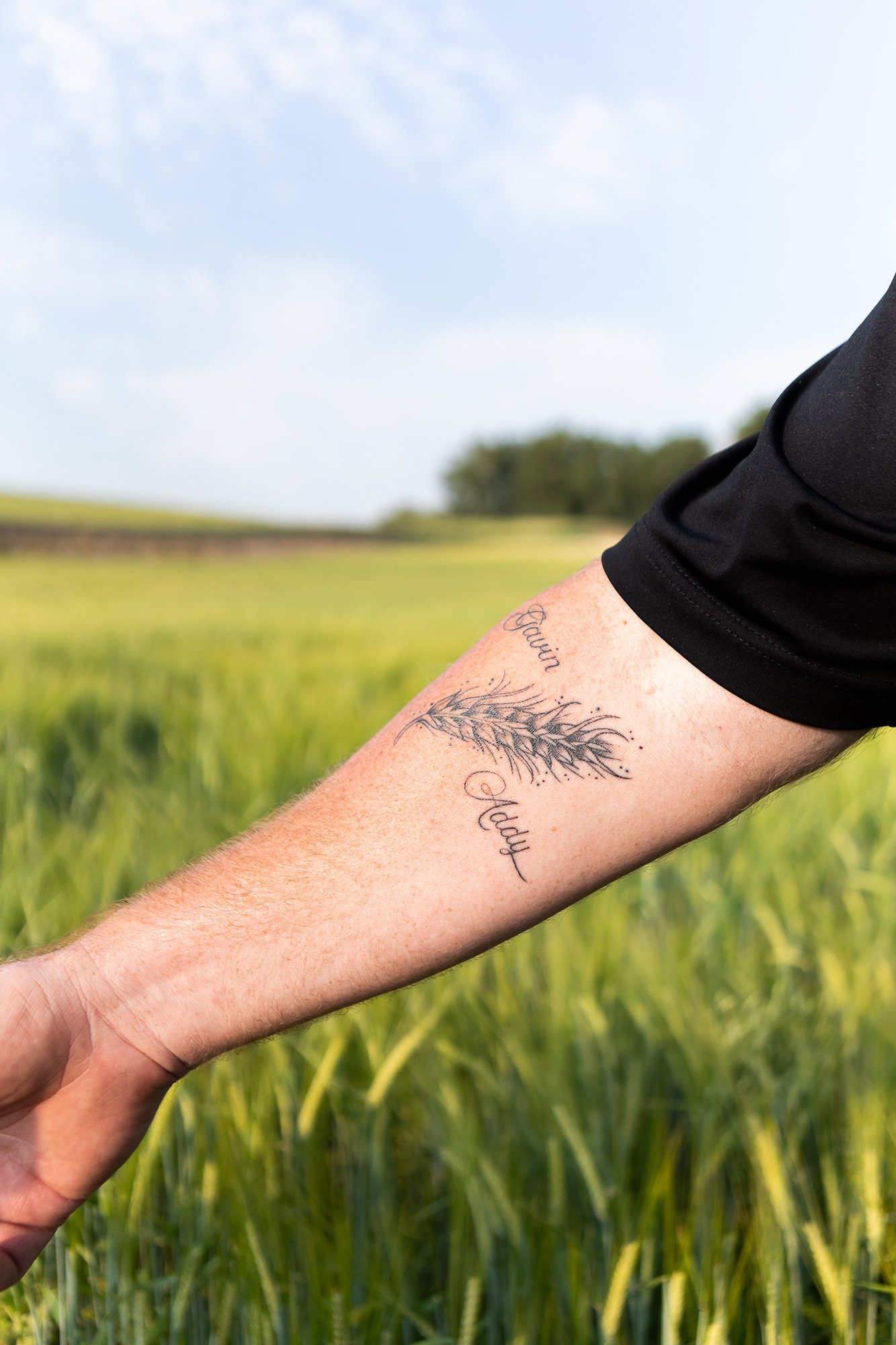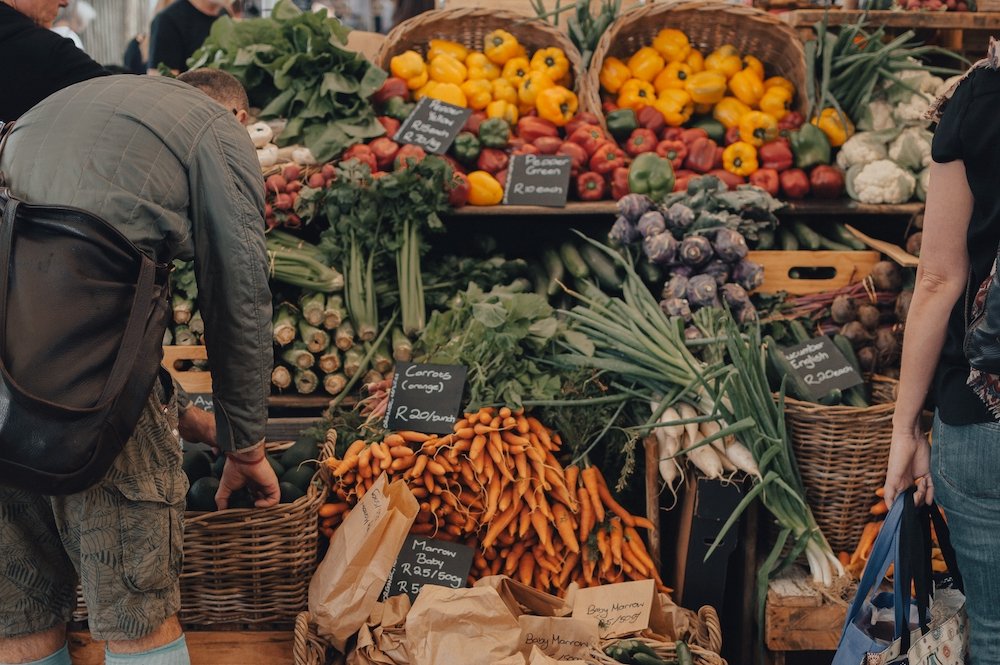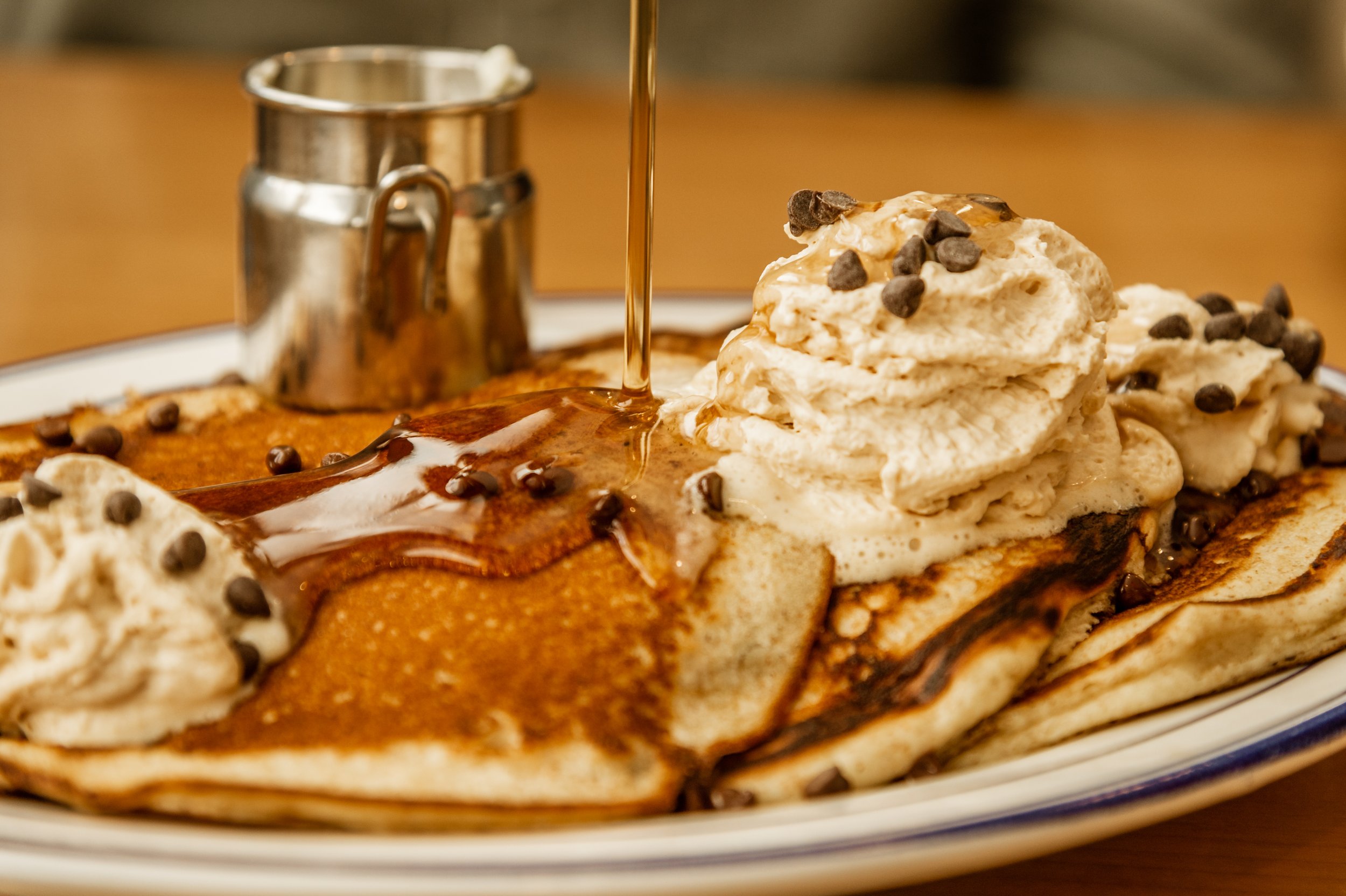A Taste of Poland: Holiday Pierogies
© Adriana Janovich
A Taste of Poland: Holiday Pierogies
BY ADRIANA JANOVICHThere was turkey, of course. Mashed potatoes, too. But the star of Thanksgiving dinner — and also Christmas — was grandma’s pierogi.
She prepared them with browned butter and breadcrumbs. They were boiled, then pan-fried, and served on china covered with roses, either on a platter or in a tureen. It wouldn’t be the holidays without them.
Grandma’s pierogi were a family tradition, a savory connection to the Old Country that most of the second and third generations of our family have never visited. By the time the grandkids came around — I’m the oldest of Babcia’s five grandchildren — the Polish tradition of waiting for the first star to appear before enjoying the holiday dinner had long since faded away. So did the ritual of placing hay under the tablecloth to symbolize the manger. Some years, though, we would pass around the opłatek, each breaking off a bit of the wafer and eating it before starting dinner.
Wigilia typically takes place on Christmas Eve and features a meatless feast that ends with midnight Mass. We didn’t observe that tradition, either. Grandma’s steak-filled pierogi were a staple — whether we had dinner at her house on Christmas Eve or Christmas Day.
This year, in the midst of a global pandemic — and with family scattered across the state and country — it will likely be a quiet Christmas. Thanksgiving also will be subdued. My husband and I are debating whether to even get a turkey. But there’s no question we will have pierogi for both holidays on Grandma’s rose-covered china.
I received a few pieces a couple of years ago when she went into a Seattle nursing home. The last time we visited, we looked through old family photos, reminiscing. Now, with the threat of COVID-19 persisting, I wonder whether I will ever get to see her again.
Babcia is one of Seattle’s last few remaining Siberian exiles, imprisoned by the Red Army when she was just a young girl. She came from Kresy Wschodnie, Poland’s pre-war Eastern Borderlands, and was one of approximately 1.7 million Poles forcibly removed from their homes by the Soviets in four waves of mass deportations from February 1940 through June 1941.
They came in the night. She had been sleeping when soldiers raided her rural home. At gunpoint on Feb. 10, 1940, in the first wave of deportations, she and her family were ordered to quickly pack only as much as they could carry. She never saw her own grandmother again.
After traveling for days by cattle car then sleigh, they arrived at a forced labor camp in Siberia’s Arkhangelsk Oblast near the Arctic Circle. Prisoners cut wood in the frozen forest for a day’s ration: thin soup and a slice of bread. If you didn’t work, Babcia told me, you didn’t eat.
After a so-called amnesty was declared on August 12, 1941, she was evacuated to Uzbekistan, where her sister died and the family split up. Men left for the Polish army. Women and children went to displaced-persons camps. Babcia was sent to Iran, India and, finally, Uganda. It took years for war-torn, rebuilding governments to figure out what to do with the refugees. She finally left Africa in 1948 for England, where she lived in four more camps for displaced persons — and met Grandpa. Dziadek had fought for the Allies in the Polish Army. He, too, came from Kresy Wschodnie. He, too, had been imprisoned by the Soviets.
They couldn’t return to Poland. Their hometowns were located in territories that had since become part of the Soviet Union. Today, they’re different countries altogether. So they found a sponsor and set sail for America in late 1951, arriving at their new lives in the new year. They worked hard, built a house, became American citizens and stayed connected to their roots through Dom Polski, or Polish Home, a cultural center for people of Polish nationality and descent on Seattle’s Capitol Hill. Since 2006, it’s hosted an annual Pierogi Fest, postponed this year because of the pandemic. (continued)
Pierogi at Polish Home are good, but they’re different from the ones Babcia used to make. The dumplings, pinched together into little half-moons, are historically peasant fare, Polish comfort food that evolved into an ever-popular dish, point of pride, and symbol of national and cultural identity. Grandma’s, made entirely by hand, were gifts unto themselves.
She mixed the dough from scratch, using the mouth of a water glass to measure the circles that would be filled, folded and crimped together. Mushrooms, potatoes, cheese, sauerkraut, other kinds of ground meat — even sour cherries or plums — are among the traditional fillings. But Grandma made only one version: steak, which she boiled then ground in her cast-iron, hand-cranked meat grinder, seasoned with McCormick Poultry Seasoning, and mixed with caramelized onions that she also ground by hand.
When she made them — by the hundreds, with Dziadek’s help — it was a two-day project. They prepped enough for six or 12 months at a time, storing them in the second freezer in their basement. Her recipe was never written down. And, in my early 20s when I tried to make them for the first time, her instructions were vague: Mix eggs, water, salt and flour, then knead the dough until it feels right. Cook and grind steak and onions, then season the mixture until it tastes right. Throughout the years and countless phone calls, I was able to procure more detailed instructions, fine tuning my own process and getting feedback from the family.
Babcia stopped making pierogi sometime in her 70s. With her arthritis and without Grandpa — he died nearly 20 years ago — it became too much work. At some point, during one of my trips home, she gave me her old meat grinder. I have a food processor now, and it would be probably be faster and easier to use it, but I make Grandma’s pierogi the way she did: by hand.
They’re both rustic and dainty, humble and filling. They taste of home, family, nostalgia and childhood — of Thanksgivings and Christmases past, and family celebrations before Grandpa died, all of the grandkids grew up and Grandma fell and hurt her hip. They taste of reprisal, too — a savory revenge against the Soviets who wanted to work and starve Babcia to death as a young girl in a Siberian gulag.
She survived. She had four children and five grandchildren. And she outlasted the regime that sought to extinguish her and others like her. I’m proud to carry on her culinary tradition, and I think of her and Dziadek as I cut dough circles with the mouth of a water glass, fill and fold and crimp the dumplings into crescents, crisp them in browned butter and bread crumbs, and cherish every bite. At my holiday table, just like Grandma’s — pandemic or no pandemic — pierogi are at the center of it all.







































